When it comes to snapping up photos, the OnePlus 13 confidently captures them with ease. In our OnePlus 13 review, my colleague Richard Priday says “it's the improved cameras that are the OnePlus 13's crowning achievement,” which is why it's a best camera phone contender. Taking photos is one thing, recording video is another.
That’s why I put the OnePlus 13’s video recording performance to the test, so that I could find out how versatile the new phone is for all sorts of video content. With social media platforms like TikTok and Instagram proving how video is being the most widely consumed piece of content, you’ll want to have a video camera phone that’s reliable.
I’ve spent the last couple of weeks with the OnePlus 13 recording all sorts of videos, which I’ve stitched together in the short cinematic video I’ve edited below. It gives you a good idea of what to expect out of the OnePlus 13. But there’s a lot of reasons why I think it’s a capable video camera.
OnePlus 13 Cinematic Video - YouTube

OnePlus 13 video recording specifications
Swipe to scroll horizontally
| Main Camera | 50MP 1/1.4" sensor (f/1.6, 85° FOV) |
| Ultrawide Camera | 50MP 1/2.75" (f/2.0, 120° FOV) |
| Telephoto Camera | 50MP 1/1.95" sensor (f/2.6, 32.8° FOV) with 3x optical zoom (120x max) |
| Video Recording Resolutions | 8K at 30 fps, 4K at 60 fps/30fps, 1080p at 60 fps/30fps and 720p at 30 fps |
| Steady Video | 4K at 60 fps/30fps and 1080p at 60fps/30fps |
| Video zoom shooting support | 4K at 60 fps/30 fps, 1080p at 60fps/30fps, 720p at 30fps |
| Dolby Vision | 4K at 60 fps/30 fps, 1080p at 60 fps/30 fps |
| Movie mode | 4K at 30 fps |
| Time lapse | 4K at 30 fps and 1080p at 30 fps |
| Multi-scene video recording | 1080p at 30 fps |
| Slo-mo video | 1080p at 240 fps, 720p at 480 fps/240 fps |
Before I get down into all the juicy details about what I like and don’t like about shooting video with the OnePlus 13, it’s worth spending the time to dial into its camera specs and video recording features. I break down all the resolutions the OnePlus 13 shoots at with each respective video recording mode.
When it comes to the specs, the biggest omission in my opinion is that the OnePlus 13 doesn’t have the option to natively record in 4K at 120 fps. While I find value in the phone's ability to record in 8K, I wish it had the option for 4K at 120 fps to bolster its recording capabilities. Recording natively at a faster frame rate would allow me to shoot video normally, then worry later on which parts I want to slow down.
Cinematic video is usually shot at the frame rate of 24 fps, so I'm bummed that you don't get that option with the native shooting mode. Instead, you'd have to switch over to Movie Mode, which I have a problem with as I'll explain shortly.
OnePlus 13 video recording modes
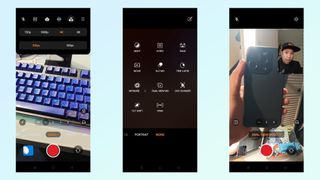
Aside from that, the OnePlus 13 has the specs in any other modern day flagship. What I do like about this particular model over other phones is how OnePlus packages a slew of video recording modes. Some of my favorites include the following:
- 8K video recording: Get the most flexibility shooting in this mode because it leaves more room for editing in post.
- Movie Mode: It’s the closest thing to full manual controls with video, allowing you to set the shutter speed, ISO, focus, and more. However, it’s locked to a 21:9 aspect ratio in 4K at 30fps and you can’t switch between zoom levels once the recording starts.
- Slo-mo Video: You have the option to shoot slow motion clips in either 1080p at 240 fps or 720p at 480 fps/240 fps. The entire clip is recorded as a slow motion clip without any audio.
- Dual-View Video: This is perfect for when you want to show yourself while recording video with the rear camera. It’s locked into 1080p, but you have the ability to select three focal modes (there’s no option for the ultrawide). I just wish there was an option for these clips to be saved separately, rather than remain stitched into one.
- Aperture Mode: There isn’t a separate portrait video mode much like you’d find on the Galaxy S24 Ultra or iPhone 16 Pro Max, but there’s an icon in standard recording mode that lets you set the aperture for that ‘cinematic’ look.
OnePlus 13 video recording performance
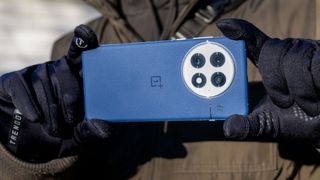
In the video I recorded and shared farther above, I kept the recordings at their respective default settings — even though there is the option to shoot in HDR and there are various color filters to use. For more professional shoots, I’m inclined to switch over to the OnePlus 13's dedicated Movie Mode for better control of its shutter speed and focus, but it locks you into a wider 21:9 aspect ratio. For this reason alone, I refrained from using it.
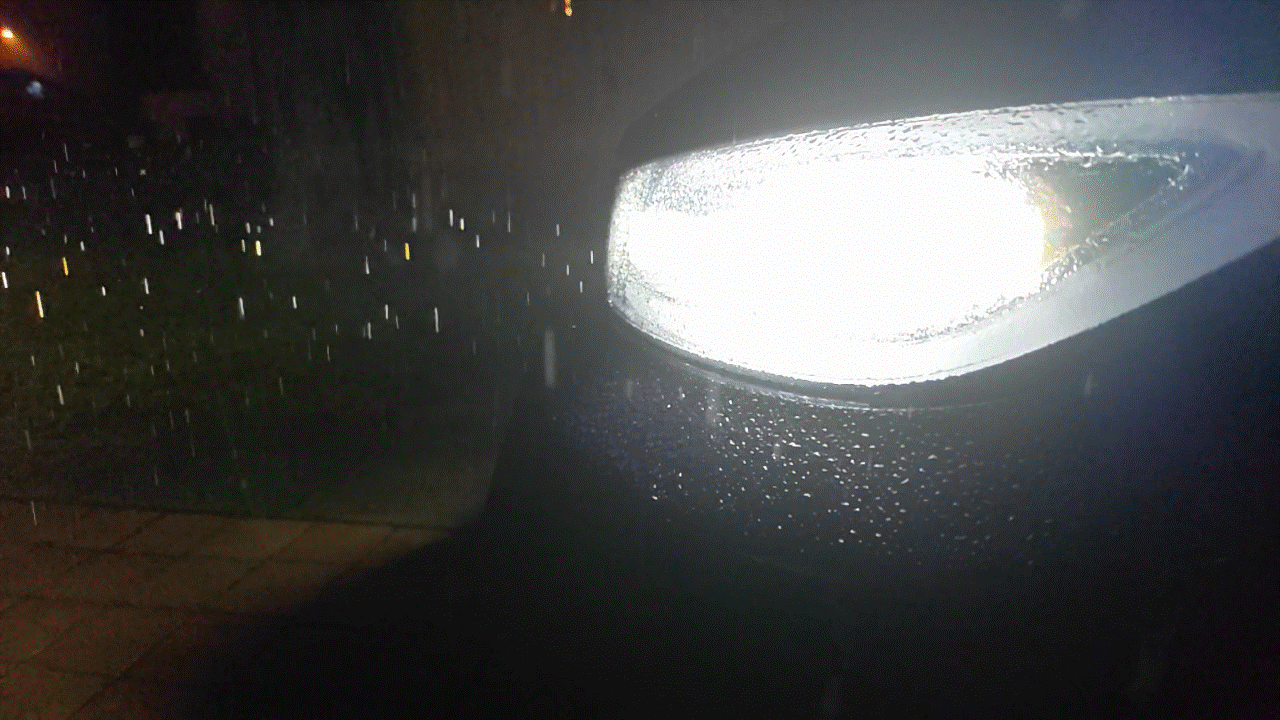
Starting off the cinematic video with the OnePlus 13 are snippets of its slow motion capabilities between 1080p at 240 fps and 720p at 480 fps. The 1080p footage looks smooth and maintains enough crisp details when I rendered the final video in 4K resolution. Meanwhile, the 720p at 480 fps clip of the car’s headlight while it’s raining outside looks a tad bit soft. I’m more inclined to shoot slow motion in 1080p because you need a lot of light in the scene for 720p at 480 fps recording. If you don’t, you’ll end up seeing a lot of flickering and extremely soft details.
For the next sequence at a book store, I tested out the OnePlus 13’s 8K video recording mode — which you can see with the closeups of the books from 0:17 to 0:23 and again from 0:29 to 0:31. They’re super sharp and filled with plenty of rich detail, so this resolution gives me the ability to crop them in post without much detail loss. However, they do take up a lot of storage as a 5-second clip comes in at approximately 43 MB.

I also tested out the OnePlus 13’s aperture mode from 0:23 to 0:29, where I dialed the aperture down to its widest at f/1.4 to get that cinematic look of the subject in focus and the background blurred out. It’s not perfect, but you’re less inclined to notice the imperfections when watching the clip on a smaller screen. I like how the foreground elements, like the bookshelf closest to the camera, have been softened — as well as the father book shelves in the background.
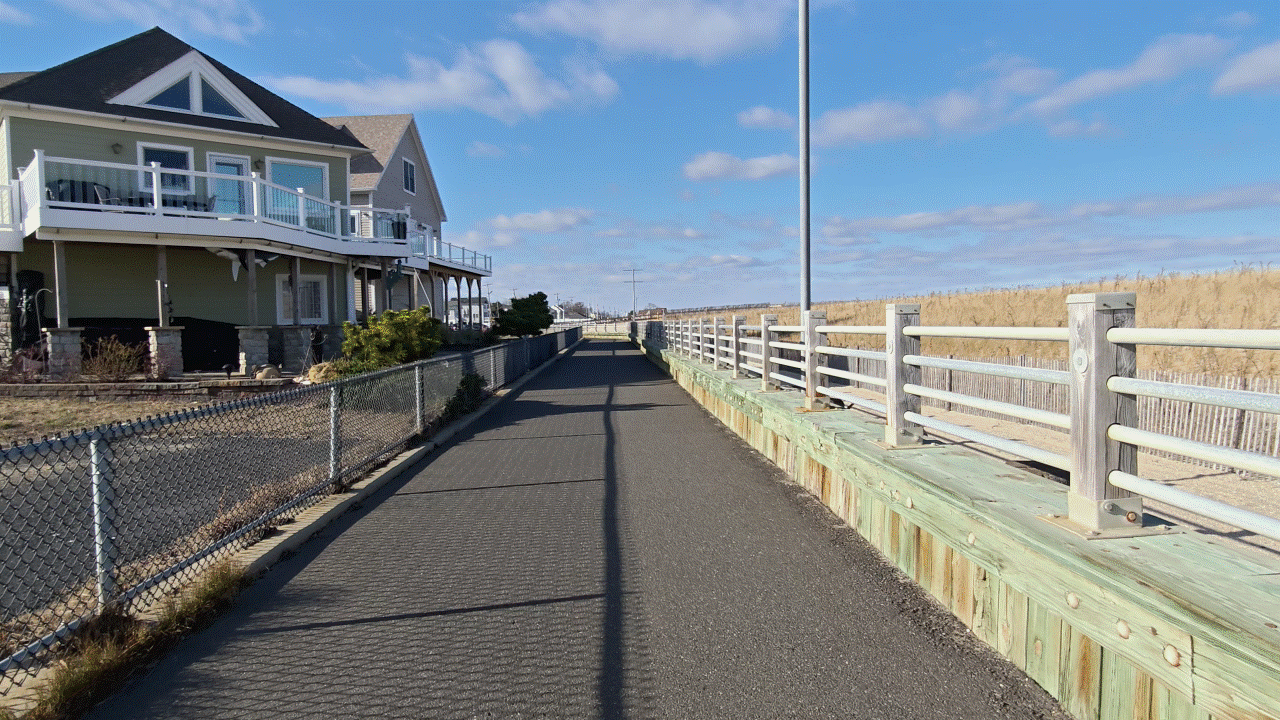
Furthermore, I need to mention that I recorded all the clips handheld from 0:31 to 0:48 to give you an idea of how well the OnePlus 13’s video stabilization works — except for the slow motion clip I added there. At 0:40 to 0:43 specifically, I enabled the phone's Ultra Steady mode to help mitigate the shake while I was walking briskly. It does okay, but I can still see a slight bobble up and down.
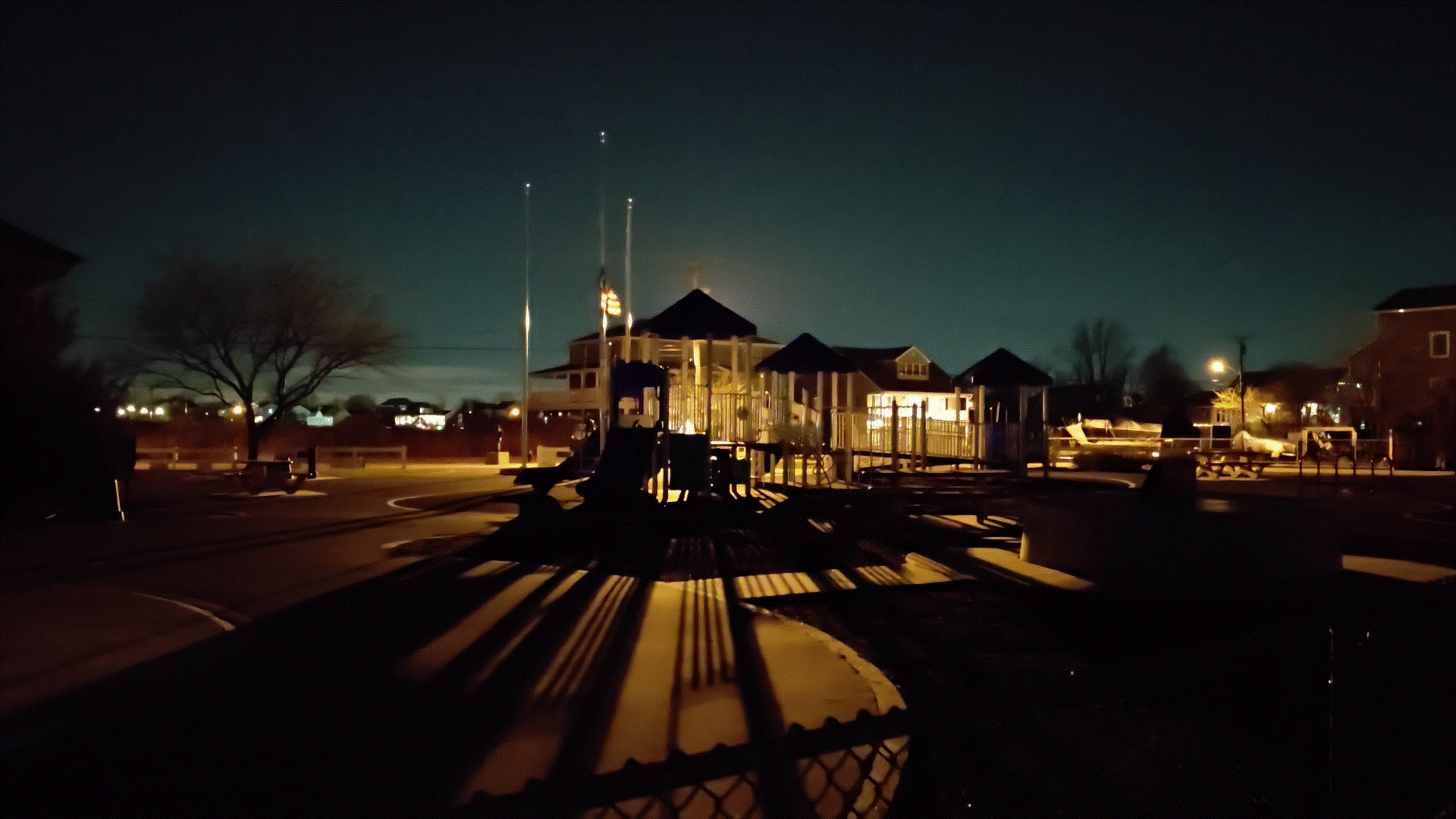
The last sequence illustrates the OnePlus 13’s ability to handle low light situations. I shot them in the default 4K at 30 fps setting, but there’s a substantial amount of softening to the details.
While it’s a dramatic shift in quality from the daytime recordings I made at the same locations, I still think that it’s usable enough under low light — just as long as there’s some ambient light in the scene. In complete darkness, however, the video comes out noisier and softer.
OnePlus 13 video camera: Bottom line

For a video camera that fits in my pocket, the OnePlus 13 is as versatile as they come. Not only does it check off most of the boxes in what I look for a video camera, but I’m also delighted by the robust set of video-specific features that OnePlus packages. The 8K and 4K native shooting modes give me all the detail I need for post production edits, but I also found its slow motion modes equally as enjoyable.
I didn’t touch on the telephoto zooming abilities of the OnePlus 13, but it’s effective when you need it. Of course, I would try to limit to 6x zoom at the most. Besides that, I can see the wider appeal of the OnePlus 13 as a video camera. All of its extra shooting modes certainly cater to today’s content creators, like how dual-view mode makes it easy to shoot simultaneous video.
More from Tom's Guide
- Google could finally fix an annoying limitation with Google Photos — here's what we know
- I tried astrophotography on my OnePlus 13 to shoot nebulas, star clusters, and planets — these were my best captures
- Samsung Galaxy S25 Ultra leak offers new charging details, and it’s the change we've been demanding
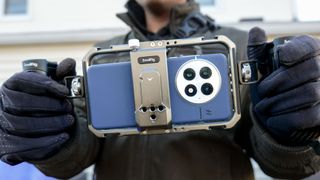

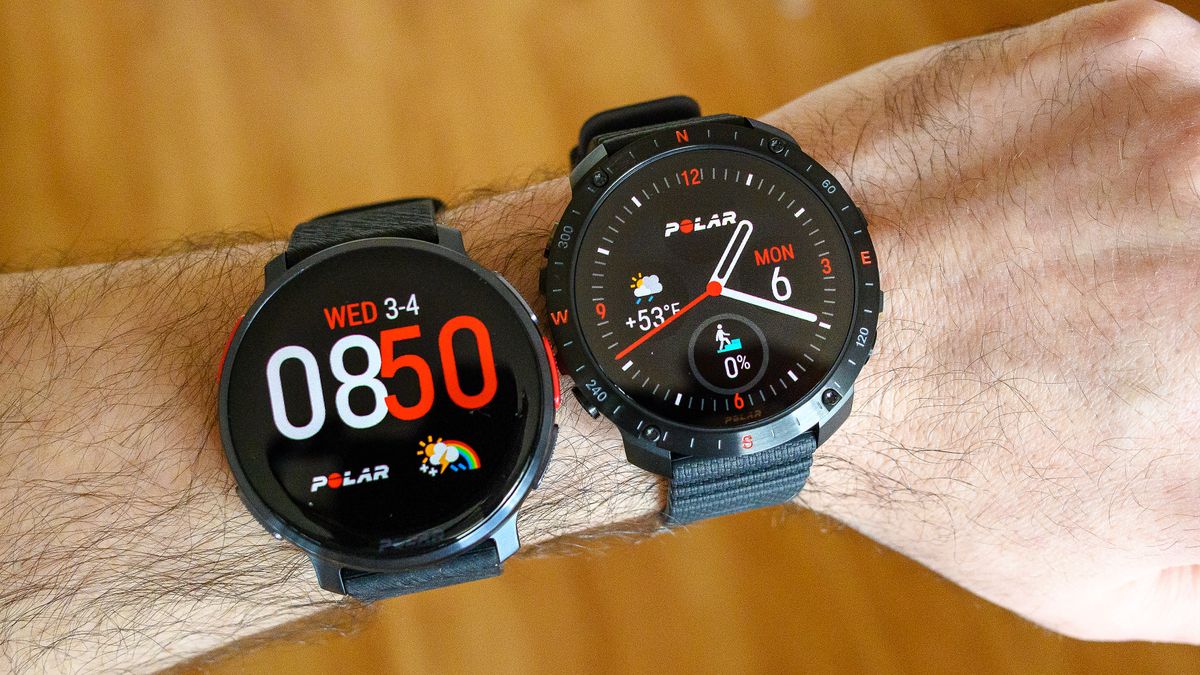


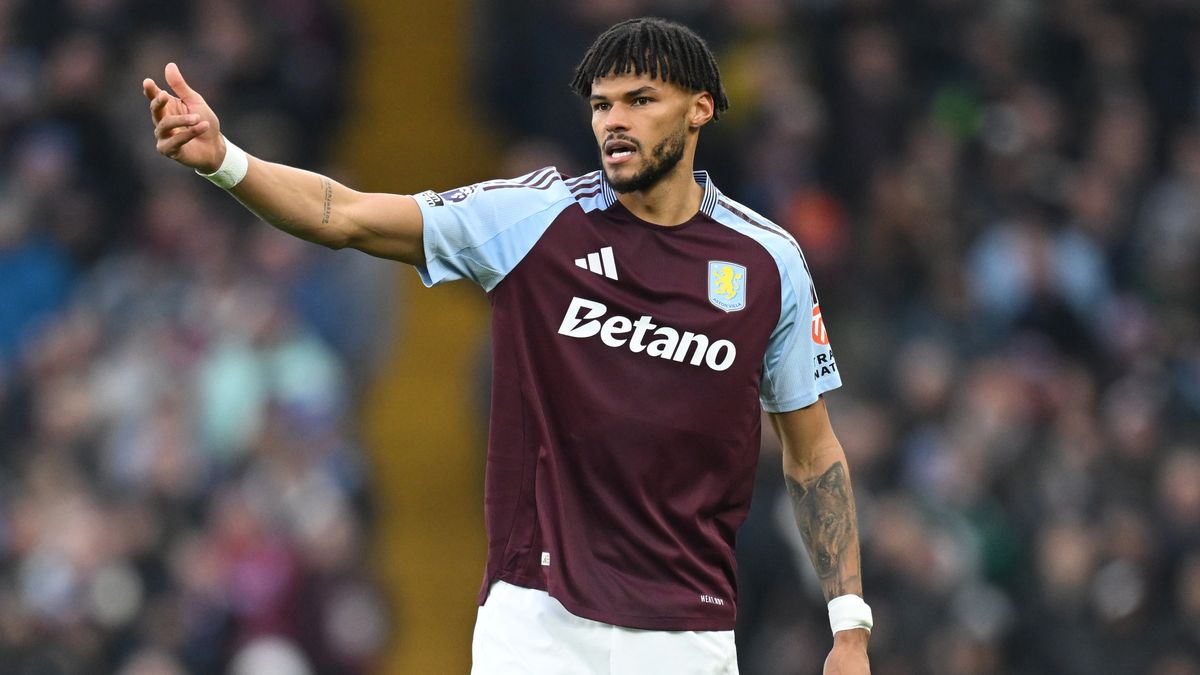
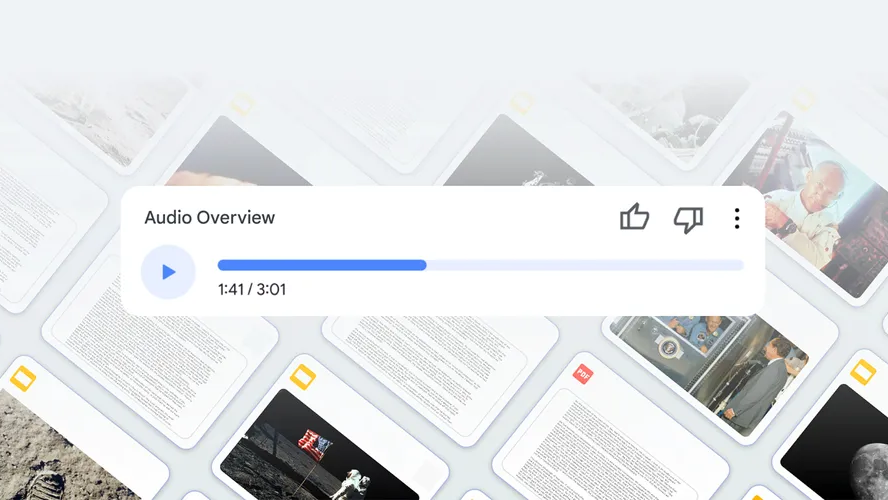
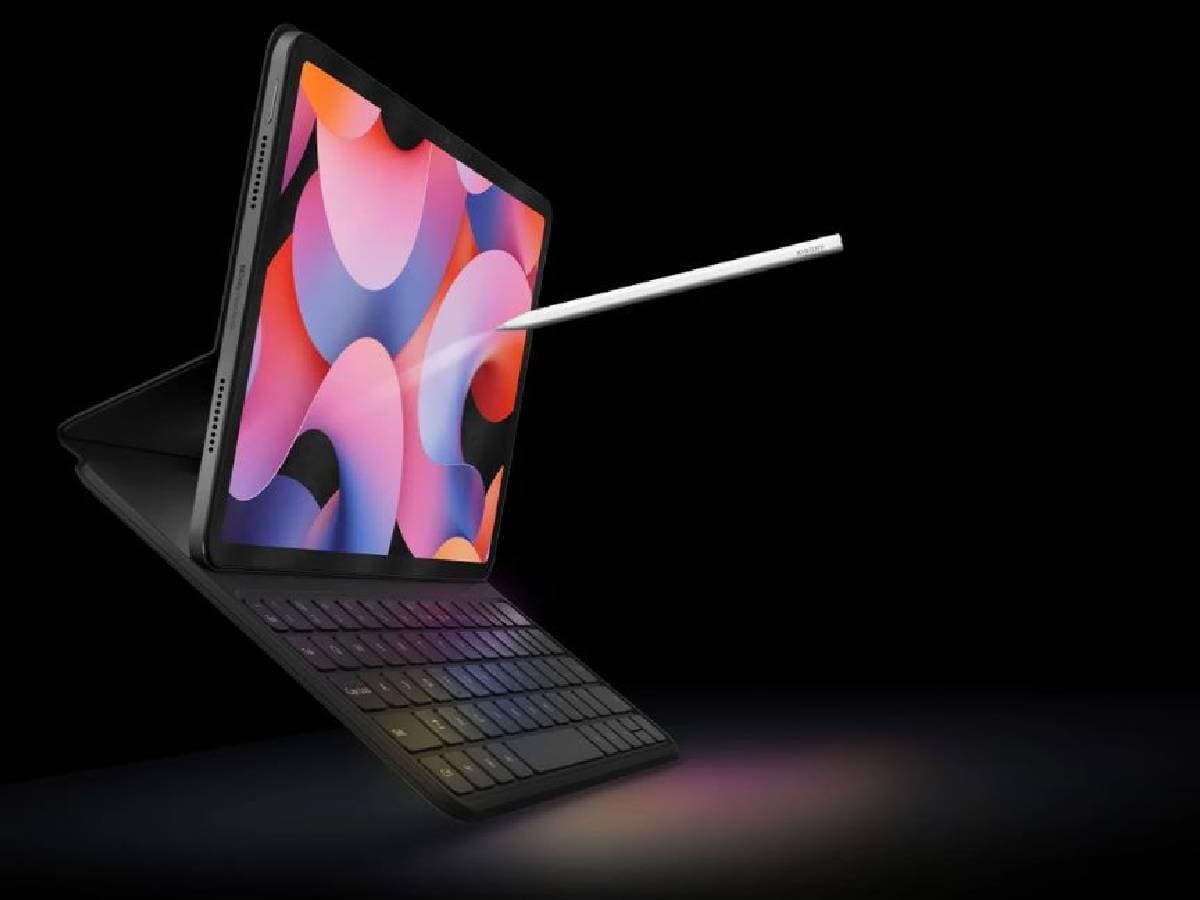

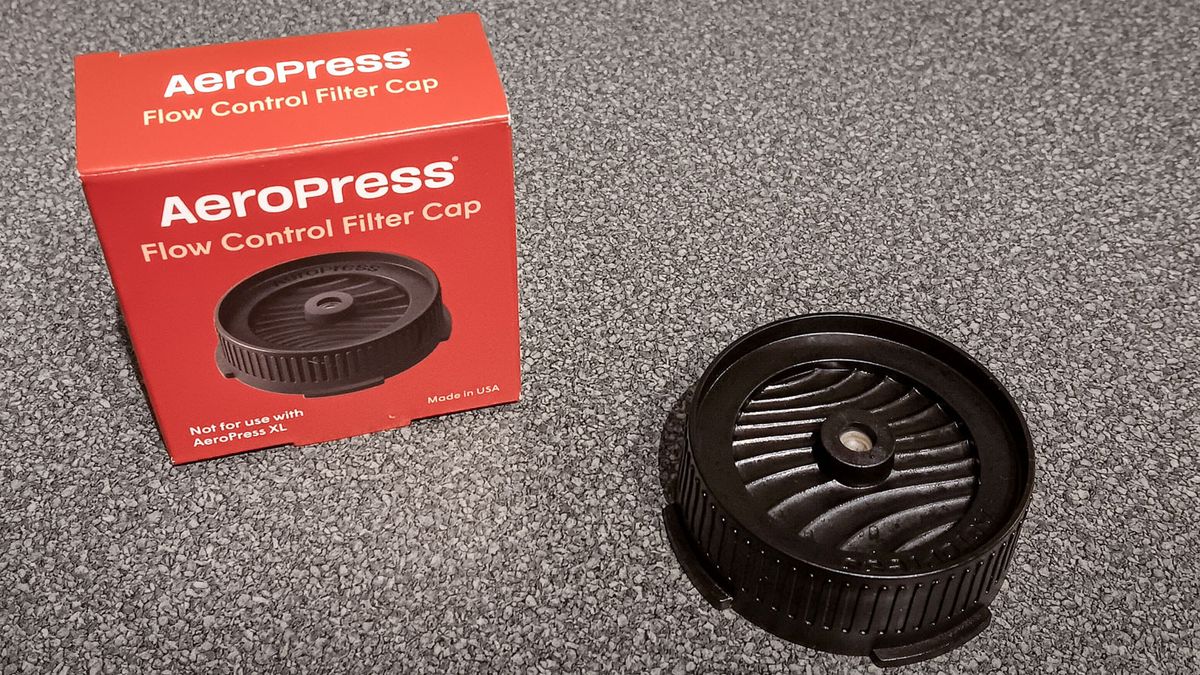


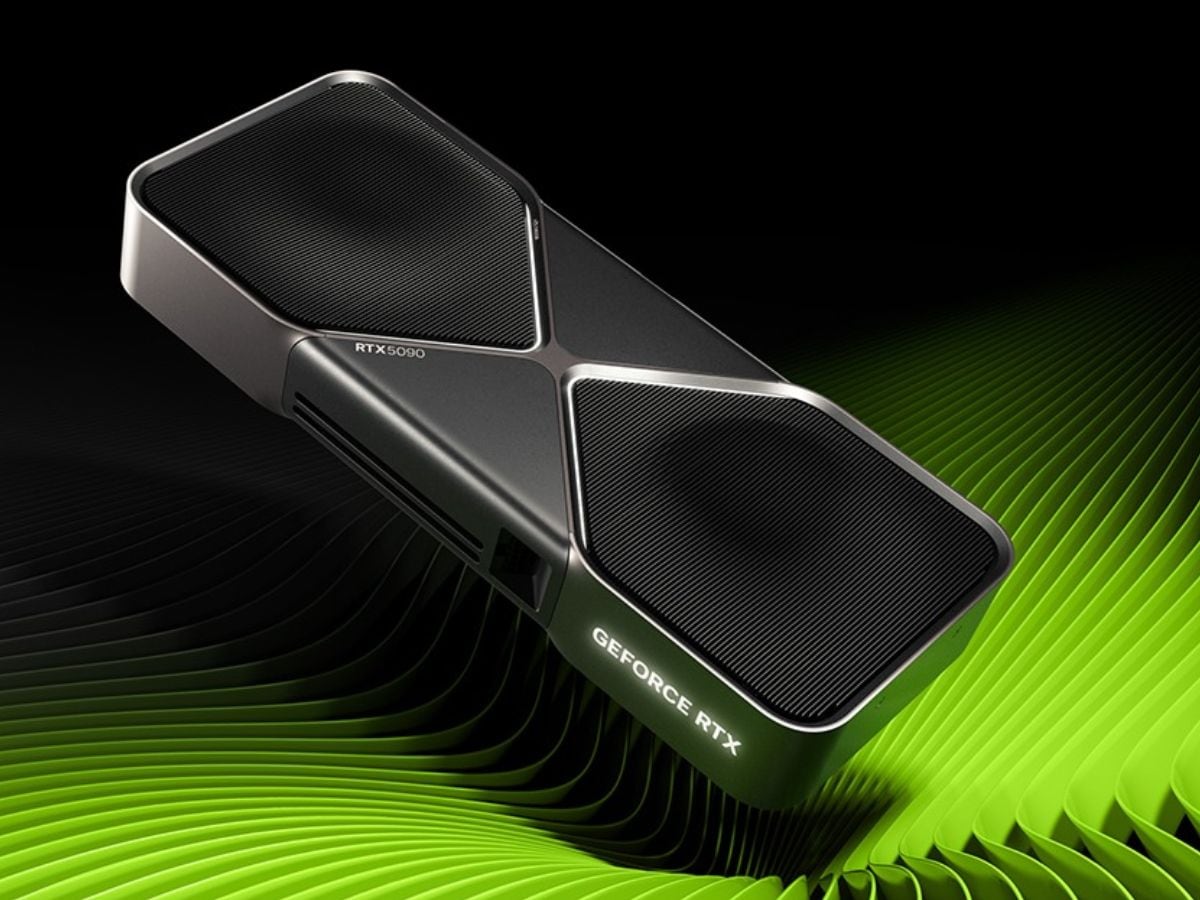








 English (US) ·
English (US) ·